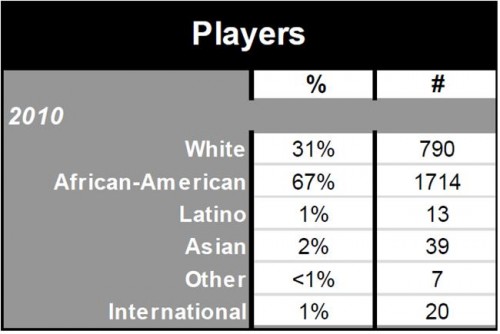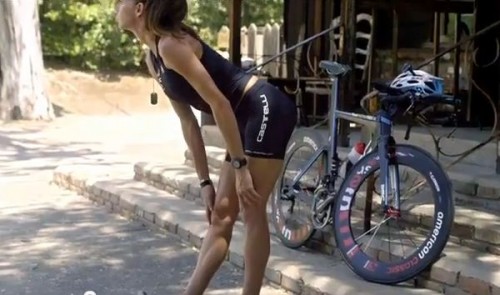For the last week of December, we’re re-posting some of our favorite posts from 2012. Cross-posted at Jezebel, the Huffington Post, and Pacific Standard.
You might be surprised to learn that at its inception in the mid-1800s cheerleading was an all-male sport. Characterized by gymnastics, stunts, and crowd leadership, cheerleading was considered equivalent in prestige to an American flagship of masculinity, football. As the editors of Nation saw it in 1911:
…the reputation of having been a valiant “cheer-leader” is one of the most valuable things a boy can take away from college. As a title to promotion in professional or public life, it ranks hardly second to that of having been a quarterback.*
Indeed, cheerleading helped launch the political careers of three U.S. Presidents. Dwight D. Eisenhower, Franklin Roosevelt, and Ronald Reagan were cheerleaders. Actor Jimmy Stewart was head cheerleader at Princeton. Republican leader Tom DeLay was a noted cheerleader at the University of Mississippi.
Women were mostly excluded from cheerleading until the 1930s. An early opportunity to join squads appeared when large numbers of men were deployed to fight World War I, leaving open spots that women were happy to fill.

When the men returned from war there was an effort to push women back out of cheerleading (some schools even banned female cheerleaders). The battle over whether women should be cheerleaders would go on for several decades. Argued one opponent in 1938:
[Women cheerleaders] frequently became too masculine for their own good… we find the development of loud, raucous voices… and the consequent development of slang and profanity by their necessary association with [male] squad members…**
Cheerleading was too masculine for women! Ultimately the effort to preserve cheer as an man-only activity was unsuccessful. With a second mass deployment of men during World War II, women cheerleaders were here to stay.
The presence of women changed how people thought about cheering. Because women were stereotyped as cute instead of “valiant,” the reputation of cheerleaders changed. Instead of a pursuit that “ranks hardly second” to quarterbacking, cheerleading’s association with women led to its trivialization. By the 1950s, the ideal cheerleader was no longer a strong athlete with leadership skills, it was someone with “manners, cheerfulness, and good disposition.” In response, boys pretty much bowed out of cheerleading altogether. By the 1960s, men and megaphones had been mostly replaced by perky co-eds and pom-poms:
Cheerleading in the sixties consisted of cutesy chants, big smiles and revealing uniforms. There were no gymnastic tumbling runs. No complicated stunting. Never any injuries. About the most athletic thing sixties cheerleaders did was a cartwheel followed by the splits.***
Cheerleading was transformed.
Of course, it’s not this way anymore. Cultural changes in gender norms continued to affect cheerleading. Now cheerleaders, still mostly women, pride themselves in being both athletic and spirited, a blending of masculine and feminine traits that is now considered ideal for women.
See also race and the changing shape of cheerleading and the amazing disappearing cheerleading outfit.
Citations after the jump:











